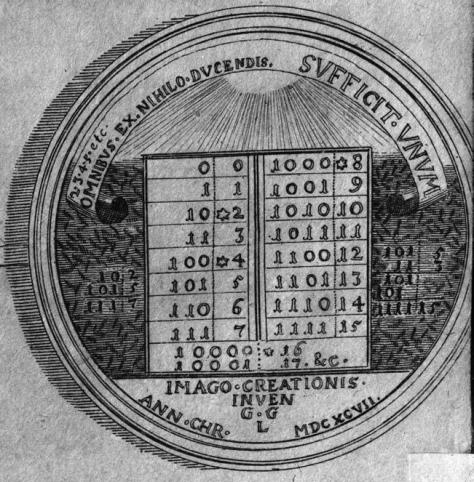As mentioned several times by both Peter and myself, it was at “From Bone Flute to Auto-Tune,” a conference on music and technology at the University of California, Berkeley in April 2014 that the idea of what was to become this blog was conceived. Besides my own paper at the conference, primarily Roger Moseley’s wonderful keynote called “Digital Analogies” got us talking about Kittler, Leibniz, and, most importantly Siegert’s Passage des Digitalen. This is why we are very pleased that last week, the Journal of the American Musicological Society published Roger’s extensive article “Digital Analogies: The Keyboard as Field of Musical Play” of which the Berkeley-talk was an early version. Given this history, the fact that Roger has been a silent, but faithful member of our group and of course its relevance to many of the things we have been discussing the past couple of months, we want to highly recommend his article to you all.

In the context of this blog, Roger’s article can very well be said to argue for “the keyboard as a cultural technique.” From its prehistory in the form of Greek myth to its continued existence in contemporary digital sound art, the extremely rich and entertaining article forcefully makes the case for the keyboard’s role as a central node in the complex relations between music, play and technology. Among many, many other things it shows the importance of the keyboard for understanding such things as the very concept of musical notation and the role of technological interfaces in musical (and non-musical) communication strategies. But, above all and most interestingly in the context of our endeavor, it shows how, throughout its history, the keyboard continuously oscillates or, in fact, mediates between various conceptualizations of the analog and the digital. Hence, it is a compelling and refreshing example of the much less dichotomous (and much less recent) relationship between these two categories that is also part of the larger narrative of Siegert’s Passage des Digitalen.
Download the article from JSTOR
Abstract:
“Relating evidence from the mythological to the contemporary in both historical and media-archaeological registers, this article explores how techniques of sonic generation and representation shuttled between what might be defined as digital and analog domains long before the terms acquired their present meanings—and became locked in a binary opposition—over the latter half of the twentieth century. It proposes that such techniques be conceptualized via the “digital analogy,” a critical strategy that accounts for the nesting of techno-musical configurations. While the scope of digital analogies is expansive, the focus here falls on a particular interface and mode of engagement. The interface is the keyboard; the mode of engagement is the play, both ludic and musical, that the keyboard affords. Operations at the keyboard have been integral to ludic communication and computation as well as to the practices of composition, performance, and improvisation. To map out this genealogy and to show how it continues to inform loci of musical play from sound art to digital games, the article draws on an array of critical and theoretical texts including Friedrich Kittler’s media analyses, Vilém Flusser’s writings on technology, and post-Foucauldian discourses on cultural techniques.”

One thought on “Moseley: Digital Analogies”